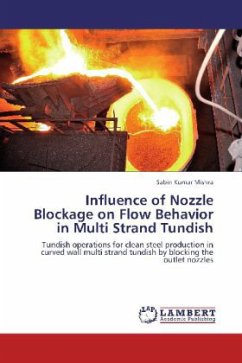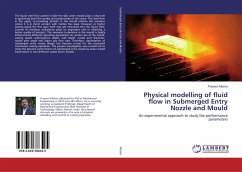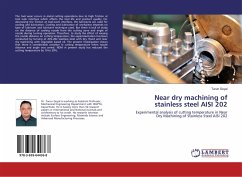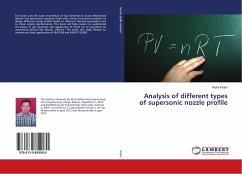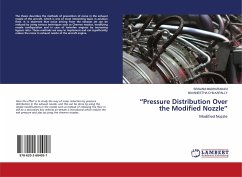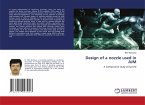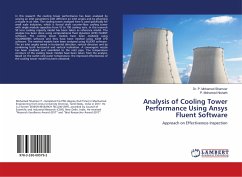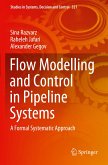Tundish, a vessel with refractory-lining, is a part of a set of machinery which is used in metal casting, especially through continuous casting route. Being the last stoppage in the casting process before the entry of molten metal into the mold, it contains hot metal right before it is poured into the mold. Tundishes come in an array of sizes and styles. The tundish bottom has one or more nozzle port(s) with slide gate(s) or stopper rod(s) for controlling the metal flow. The vessel is often divided into two sections i.e. an inlet section, which generally has a pouring box where steel melt is fed from the ladle and an outlet section from which melt is fed into the mold(s). Various flow control devices such as weirs, dams, baffles with holes etc. may be positioned along the length of the tundish. The tundish is planned to deliver the molten metal to the molds uniformly at a designed throughput rate and temperature without causing contamination by inclusions. The number of molds is usually 1 to 2 for a slab caster, 2 to 4 for a bloom caster and 4 to 8 for a billet caster. The tundish acts as a reservoir during the ladle change periods and continues to supply steel melt to the mold.
Bitte wählen Sie Ihr Anliegen aus.
Rechnungen
Retourenschein anfordern
Bestellstatus
Storno

